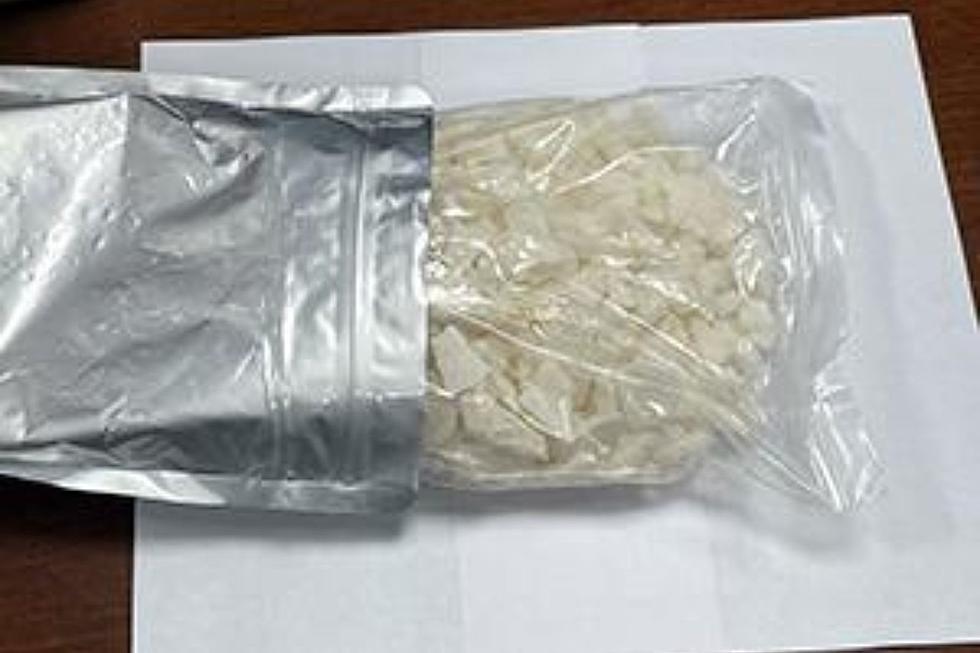
Meet the New Drug Hitting U.S. Streets: A Cathinone Analogue
Cathinones cause psychoactive and hallucinogenic effects similar to amphetamines.
The idea of chemically manipulating certain drugs in order to skirt federal laws is not uncommon. You may remember when "spice" was all the rage at head-shops and smoke shops across the country. People were buying the "incense" in order to smoke it and get high from the substances which were sprayed upon the vegetable matter. In those instances, the drug was analogous to PCP. This time around, drug dealers and Mexican cartels are creating drugs analogous to cathinones.
Most recently, at the end of June, federal authorities seized two boxes destined to an address in Washington, D.C., that contained about 71 pounds of a N,N-Dimethylpentylone Hydrochloride, a substituted cathinone and a scheduled I controlled substance.
This drug, and the synthetic analogs, are not brand new, but are a concerning trend growing across the country. The first time this drug started to be seen in growing numbers was during the fall of 2021. Authorities began coming across dealers and users believing the drug was ecstasy, or molly.
U.S. Customs and Border Protection say synthetic stimulants have been reported to cause adverse health effects, such as high blood pressure, rapid heart rate, hyperthermia, dehydration, arrhythmia, hallucinations, loss of consciousness, and death. Adding that clandestine labs across the globe are cooking cathinone concoctions quickly in the hopes of slipping these new substances past law enforcement before authorities can identify them.
According to CBP, the recently seized drug arrived from China, and was labeled as beauty products. Officers inspected the contents and discovered multiple vacuum-sealed bags that contained a white, crystalized substance. Authorities tested the substance using a handheld elemental isotope analysis tool which identified the substance as N,N-Dimethylpentylone Hydrochloride.
According to Christine Waugh, Acting Area Port Director for CBP’s Area Port of Washington, D.C., "The synthetic stimulant market tries to stay one step ahead of law enforcement by continually tweaking cathinone’s chemical compounds to create new, yet still dangerous, analogues. Customs and Border Protection officers remain committed to protecting our communities by detecting these new illicit psychoactive stimulants and working with our federal, state, and local partners to hold importers accountable.”
The drug has also been found in Washington state, but has yet to hit the numbers seen on the east coast. If one fact is certain, it is that there is a concerted effort by China and Mexican drug cartels to continue to flood the United States with increasingly dangerous drugs, and analogs, in order to further weaken us as a society and get rich off of it, respectively.
LOOK: 11 tick-borne illnesses and what to watch out for during your outdoor adventures
More From 97.1 KXRX








